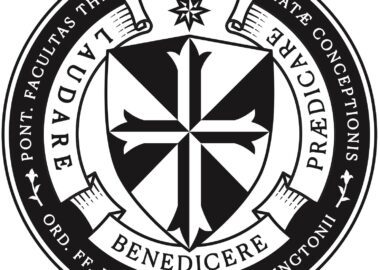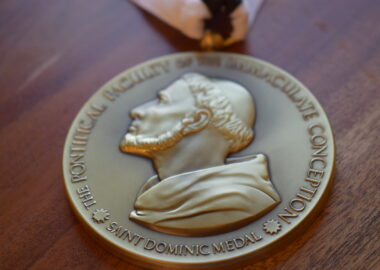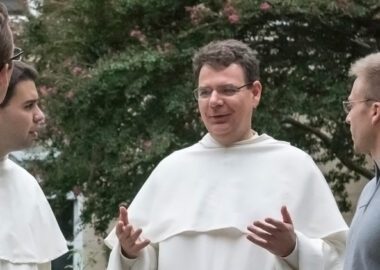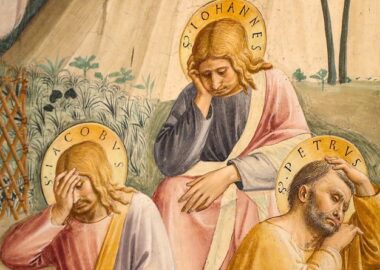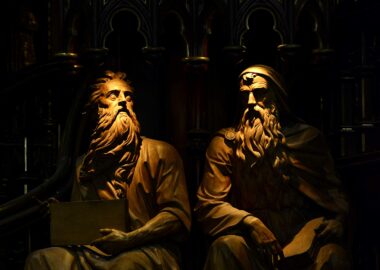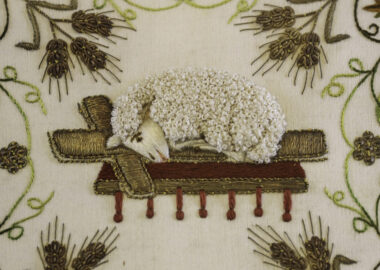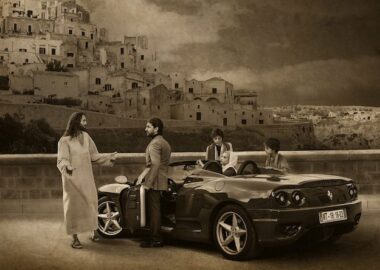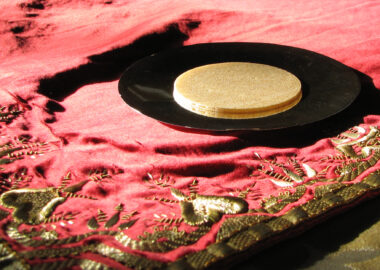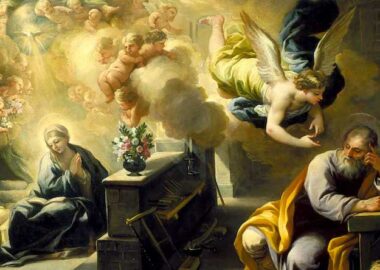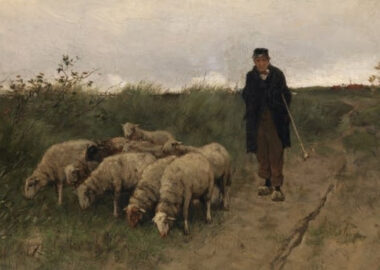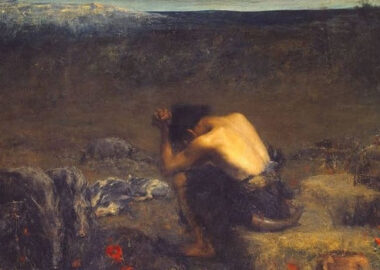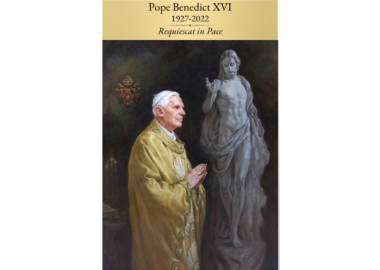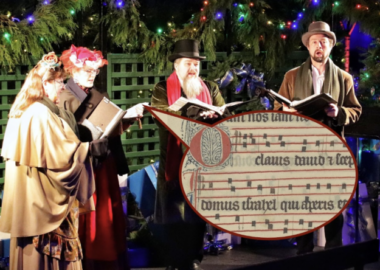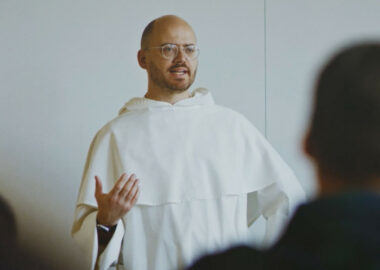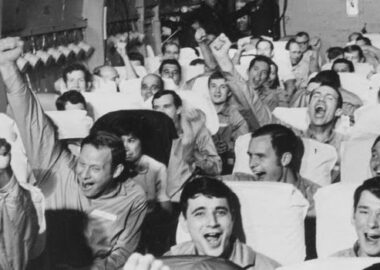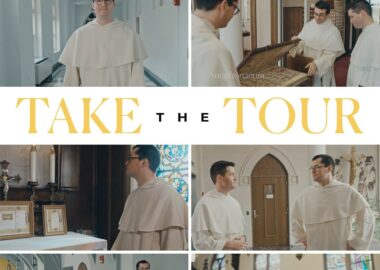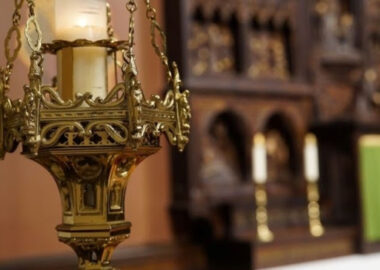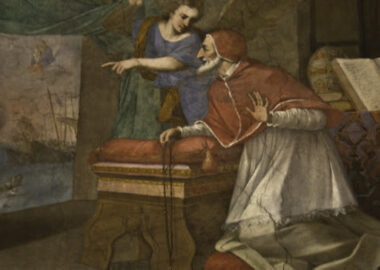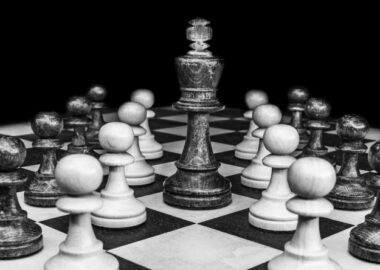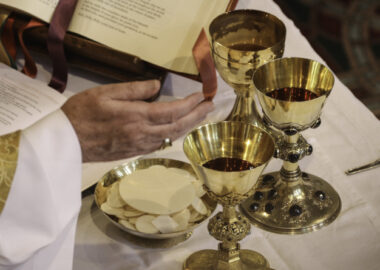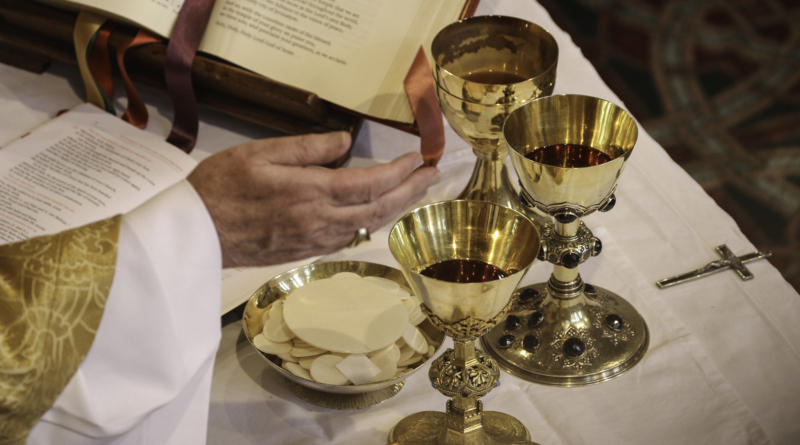
- Home
- Latest Content
- Eucharistic Concomitance and the Resurrection
Eucharistic Concomitance and the Resurrection
"We know by faith that Jesus Christ, the eternal Word with his assumed human nature whole, resplendent, and never more alive, now dwells forever in the glory to which he calls us."

by
Br. Linus Martz, O.P.
on
September 23, 2022
in
Dominicana
Christology Eucharist Theology
When we speak about Jesus, the “Lord of glory” who “became flesh and dwelt among us” (1 Cor 2:8; John 1:14), we often use rare words or phrases specially crafted to express the mystery of his being. Hypostatic union is one of them: the two natures of Christ are united in his one person. Consubstantial appears every Sunday in the Creed: the Father and the Son are one in substance. We would also do well to restore concomitance to our collective vocabulary. The doctrine of concomitance, taught in 1551 by the Council of Trent, captures a marvelous truth about the Eucharist and thus about Christ who “being raised from the dead will never die again” (Rom 6:9). During our nation’s Eucharistic revival, thinking through concomitance can and will inflame our devotion to Jesus in the Blessed Sacrament.
At first glance, concomitance may seem simple. The Son of God becomes fully present—Body, Blood, Soul, and Divinity—under both sacramental species used at Mass. What used to be bread and what used to be wine are equally, substantially changed into our Lord by his own divine words. Only the species or “forms” of bread and wine remain. Therefore, according to concomitance, we do not receive “more” when we receive from both the chalice and the host, nor “less” if only from one. This doctrine is practically important especially when both forms are newly offered (or newly discontinued) for the communion of the faithful. In Holy Communion, the whole Jesus is always received under either form.
If concomitance is true, then why have two forms? The priest consecrates bread and wine separately in imitation of Christ, who did so at the Last Supper and told us to do what he had done. Christ gave his Body and Blood to the disciples separately precisely because this Body and Blood would soon be separated for them, in the free outpouring of his redemptive love. The Mass is a sacrifice because it is this one sacrifice, the unique sacrifice on the Cross. The daily offering of sacramentally separate Body and Blood reveals and makes present the one sacrifice of Calvary, so that we may all join in Jesus’ self-offering to the Father.
While making present the awesome mystery of the Cross, the Mass never turns back the clock on our redemption. For Christ has only one body, and in the Eucharist precisely this human body is signified and offered. On the cross, Jesus’ body and blood were separated. In death, his human soul was separated from both. But on the third day, for his and our glory, the one body of our Savior was raised and exalted, in the real re-union of his real humanity. This body ascended into heaven and sits at the Father’s right hand. And it is this body that Christ offers us at every Mass.
Concomitance signals this reality. We receive the Body and the Blood separately, commemorating the Passion of our Lord. But we know by faith that Jesus Christ, the eternal Word with his assumed human nature whole, resplendent, and never more alive, now dwells forever in the glory to which he calls us. We cannot hear enough that it is this one, risen Body that we receive in Holy Communion, or that it is to this glory that it will lead us.
✠
Photo by Fr. Lawrence Lew, O.P. (used with permission)
Originally posted on Dominicana Journal
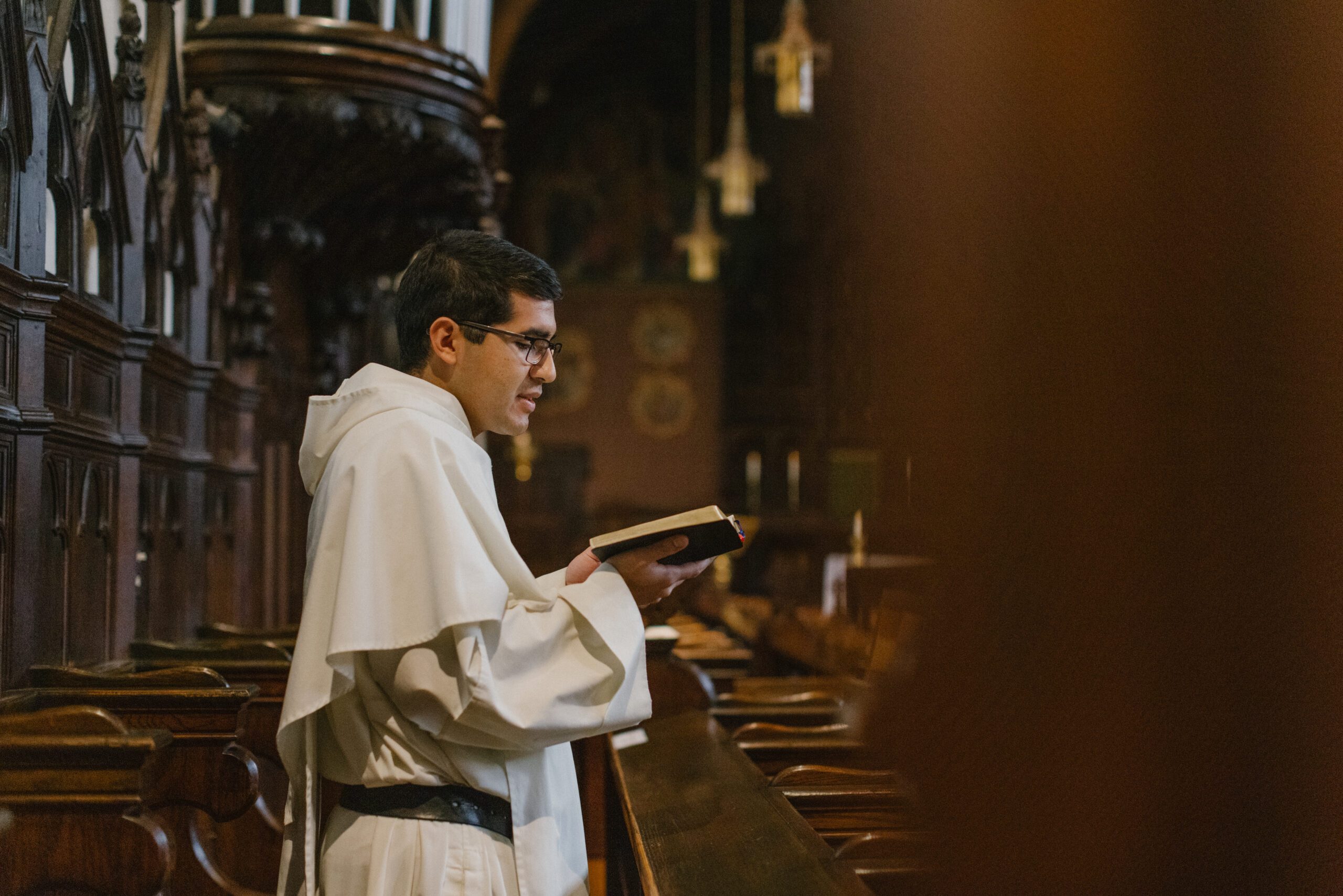
The Dominican House of Studies
Forming Preachers of Truth in Charity.
Catholic theology in the Thomistic tradition for Dominican students and all who are interested in serving the Church, evangelizing the world, and growing in virtue, wisdom, and holiness.
Give
